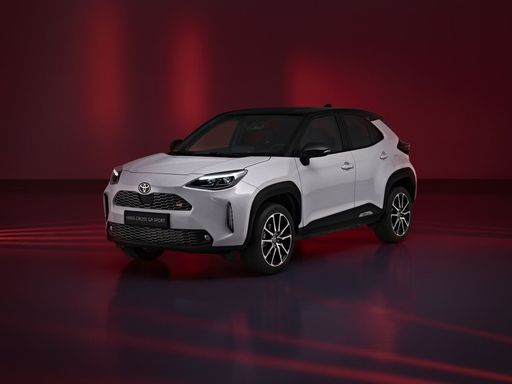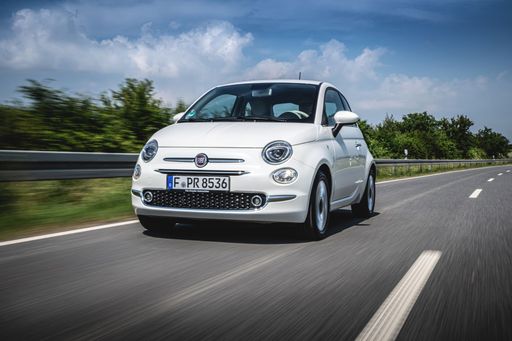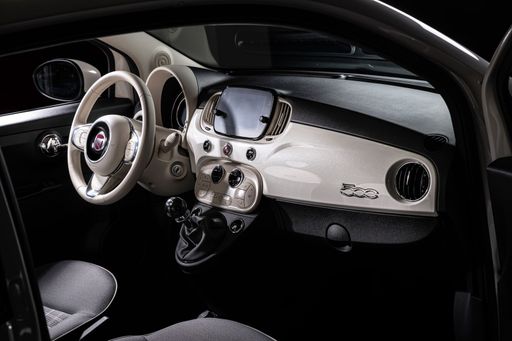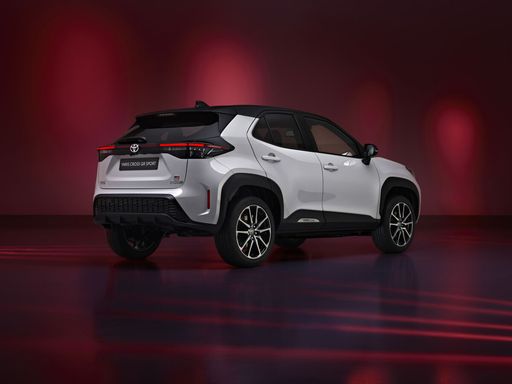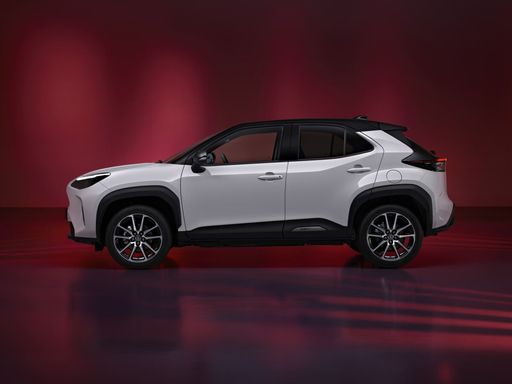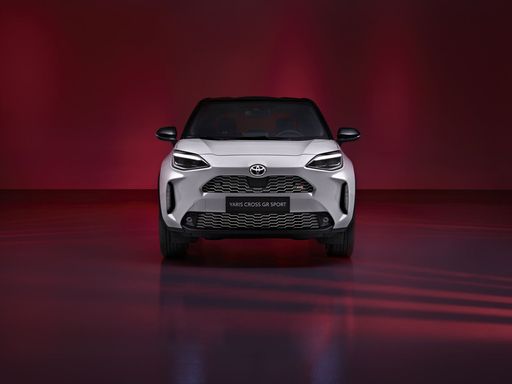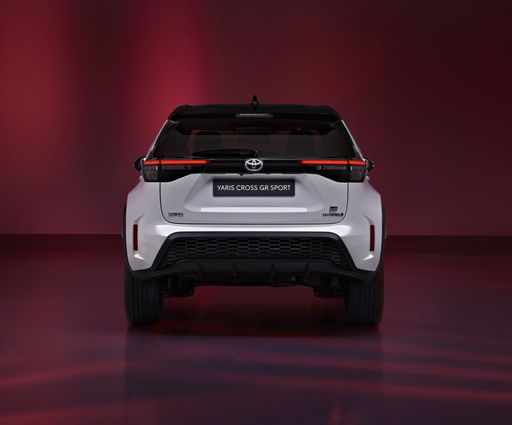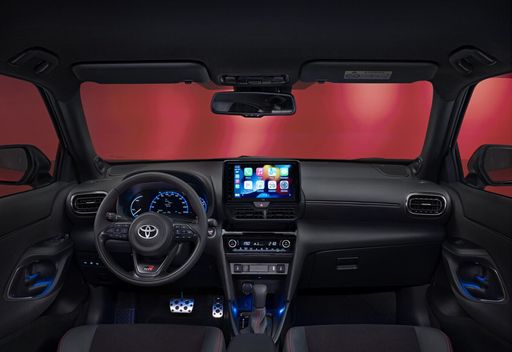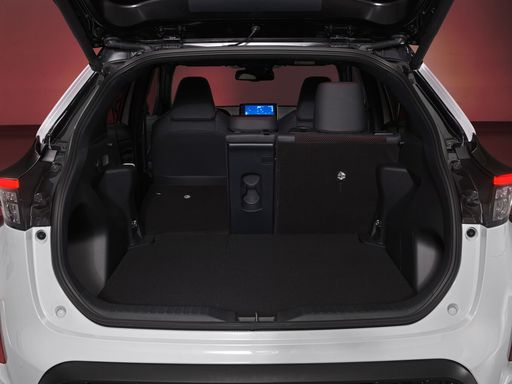Fiat 500 vs Toyota Yaris Cross: A Clash of Genres in the Urban Jungle
In the ever-evolving landscape of compact cars, the Fiat 500 and the Toyota Yaris Cross represent two distinct approaches to urban mobility. Both models have modernized to meet the demands of style and sustainability, offering cutting-edge innovations that cater to different automotive tastes. Whether you prefer the spirited charm of the Fiat 500 or the robust versatility of the Toyota Yaris Cross, there's much to be explored. Let's dive into the key differences and highlights of these two urban warriors.

